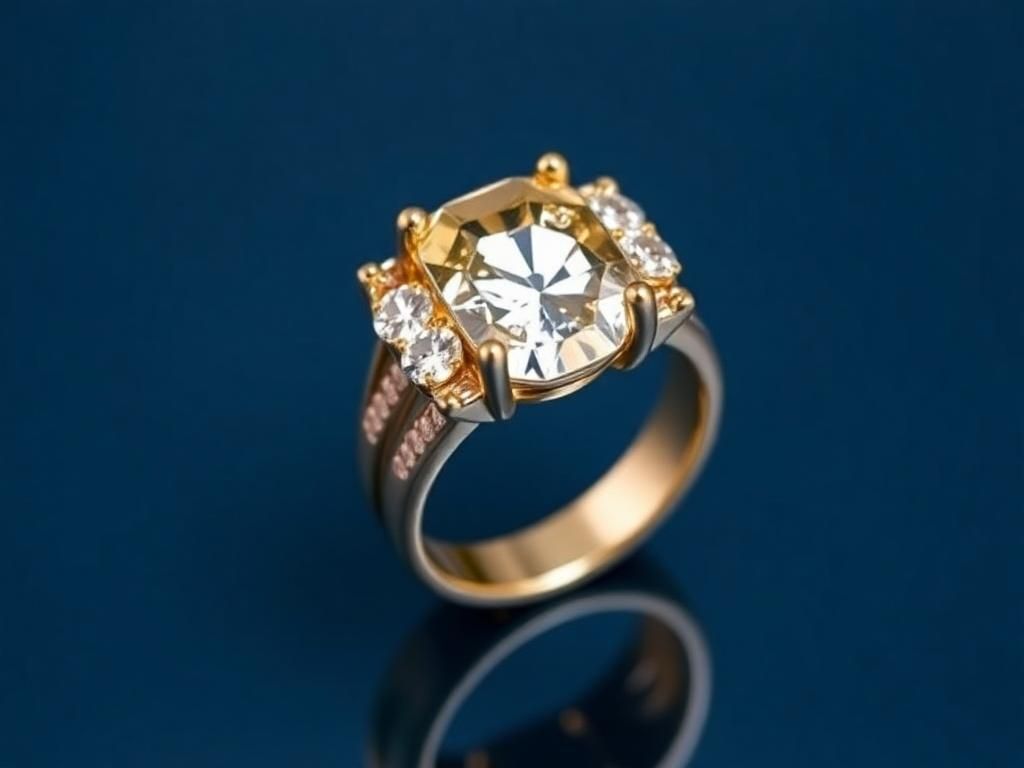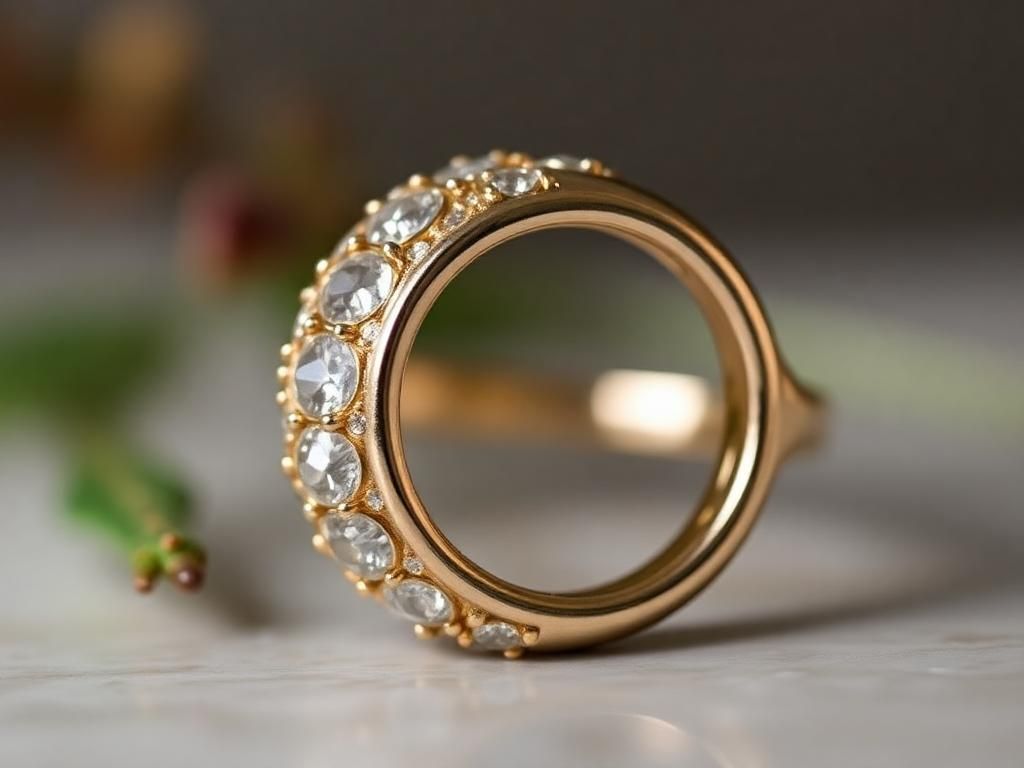Physical Address
304 North Cardinal St.
Dorchester Center, MA 02124
Physical Address
304 North Cardinal St.
Dorchester Center, MA 02124

Properly sized rings are essential for comfort and style. Whether you’ve recently experienced weight changes, inherited a beautiful yet ill-fitting piece, or simply noticed a shift in finger size, knowing how to resize a ring is invaluable. This guide will cover everything you need to understand and execute the resizing process, whether through professional assistance or DIY methods.
Ring size refers to the physical measurement of the internal circumference or diameter of a ring. It’s represented by numbers or letters and varies globally—most notably between the US and international systems. Having an accurate measurement is crucial, as it can dramatically affect how the ring fits.
To resize a ring effectively, you first need to determine your ring size. Here are a few methods to measure it at home:
– **Using a Ring Sizer Tool**: The best way to get an accurate measurement is to use a ring sizer tool that you can purchase online or from a jeweler.
– **Measuring with a String or Strip of Paper**: Wrap a piece of string around your finger, mark where it overlaps, and measure the length. Use a ring size chart to find your size.
– **Visiting a Jeweler for Professional Sizing**: For the most accurate measurement, visiting a local jeweler is recommended.
One of the most dependable methods for how to resize a ring is through a professional jeweler.
– **Benefits of Professional Resizing**: Professionals possess the expertise and tools necessary to resize a ring without compromising its design or integrity.
– **Typical Process**:
– **Assessing the Ring**: Jewelers carefully examine the ring to decide the best resizing method.
– **Making Necessary Adjustments**: If the ring needs to be shrunk or enlarged, they will make precise adjustments.
– **Finishing Touches**: This includes smoothing sharp edges and polishing the entire piece for a flawless look.
Resizing a ring at home can be risky, but it’s feasible if you’re skilled.
– **Overview of DIY Methods**: While DIY resizing can save money, it’s critical to understand that not all rings are suitable for this method.
– **Tools Required for DIY Resizing**:
– Ring mandrel
– Jeweler’s saw
– Soldering equipment
– Ring shaping pliers
1. Measure and mark the amount to be resized.
2. Cut the band, using the jeweler’s saw.
3. Reshape the band and solder the joint.
4. Finish and polish the ring to achieve a smooth surface.

1. Depending on the size needed, you can insert a sizing bar or bead.
2. For significant enlargements, use additional metal to the band.
3. Solder and smooth out imperfections.
Different materials behave differently during the resizing process. For instance:
– **Gold, Silver, and Platinum**: These metals can be reshaped without much hassle.
– **Tungsten and Stainless Steel**: These materials are more challenging to resize and often require professional help.
If your ring features gemstones, resizing can be trickier.
– **Considerations for Rings with Stones**: Changes in sizing may risk damaging the stones or their settings.
– **Importance of Consulting a Jeweler**: For rings with complex settings, it’s wise to consult an expert who can assure safe resizing.
Once resized, a ring may require regular checks to ensure continued comfort and structural integrity.
– **Cleaning and Maintenance Tips**: Regularly clean your ring with a mild soap solution and check for any loose stones.
Being mindful of any issues post-resizing is essential.

– Properly sized rings should feel snug, not tight.
– **Warning Signs of Resizing Issues**: Cracks or loose stones should prompt immediate professional evaluation.
In summary, learning how to resize a ring can be immensely beneficial. Whether you choose professional resizing or the DIY approach, ensuring your ring fits comfortably should always be a priority. Investing in your ring’s comfort will enhance your wearing experience, while a little knowledge can save you money when resizing.
– For ring size charts, check out [this link to a comprehensive ring size guide](https://www.jomashop.com/ring-sizing-guide.html) for more information.
– Explore various DIY resizing tools available at jewelry supply stores.
| Resizing Method | Pros | Cons | Best for |
|---|---|---|---|
| Professional Resizing | Expert craftsmanship | Costly | Valuable rings requiring precision |
| DIY Resizing | Cost-effective | Risk of damage | Simple bands, experienced individuals |
Professional resizing services usually range from $20 to $100, depending on the material and complexity.
If your ring feels too tight or loose, or if it is painful to wear, it may be time to resize.
Yes, many rings can be resized multiple times, but it’s best to consult a jeweler for advice, particularly for those made of more challenging materials.
If done by a skilled jeweler, resizing should not damage gemstones. However, for complex settings, it’s advisable to consult an expert.
Antique rings can often be resized, but caution is warranted to maintain their original design and integrity.
The best time to resize is after significant changes in finger size, such as after weight loss or gain, or when inheriting a ring from a family member.
Soft metals like gold and silver are generally easier to resize compared to harder materials like tungsten or titanium.
Engraving may need to be redone if the ring is resized, and it’s best to consult a jeweler.
Resizing typically takes a few days to a week, depending on the jeweler’s workload.
It is recommended to visit a jeweler right away to widen the band back to the appropriate size.